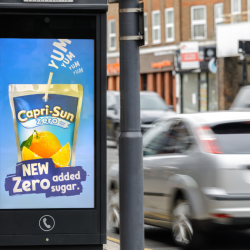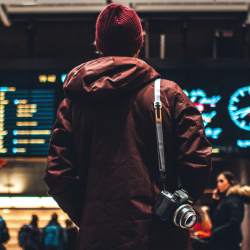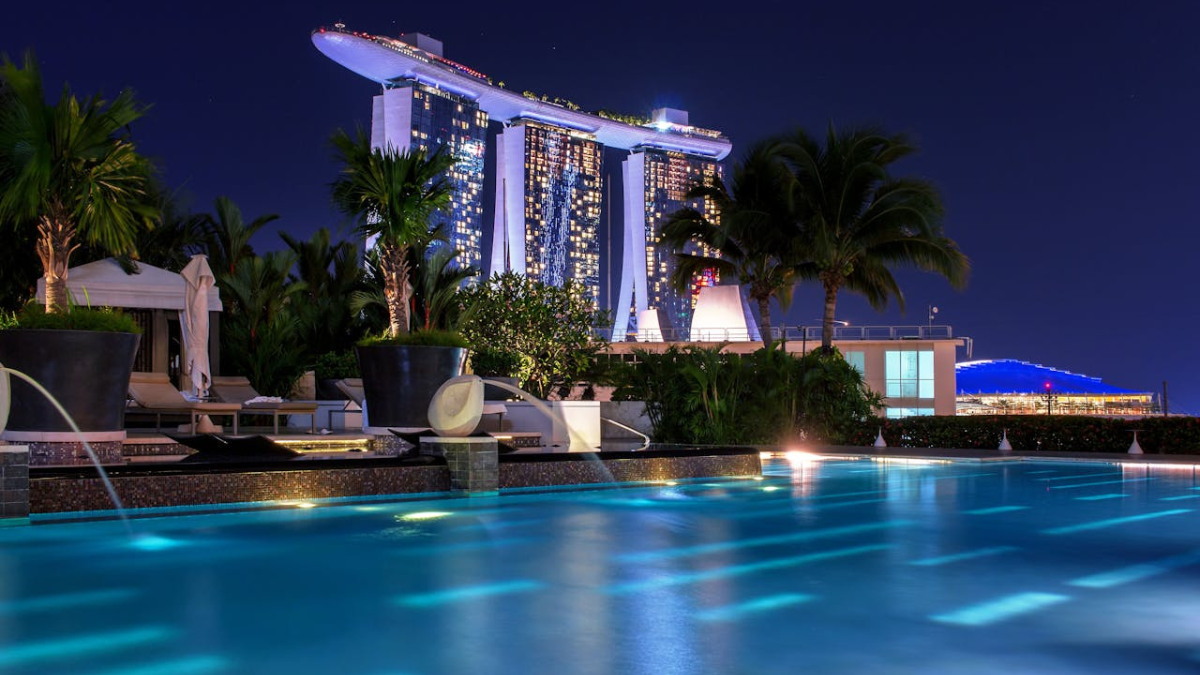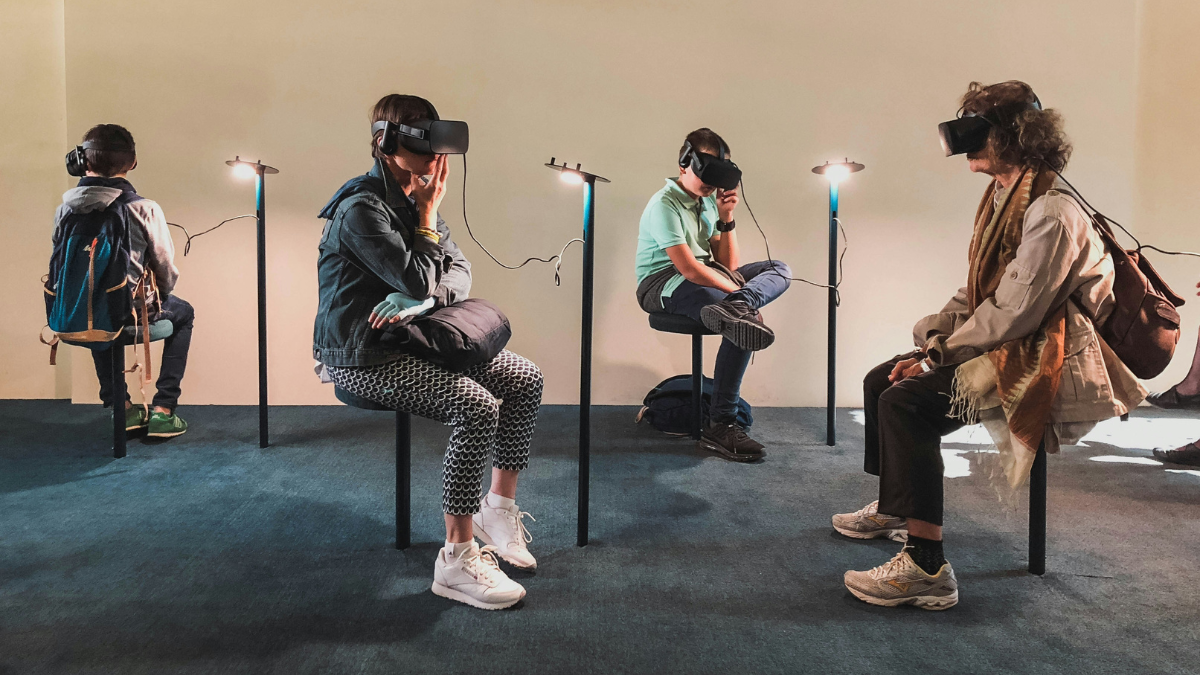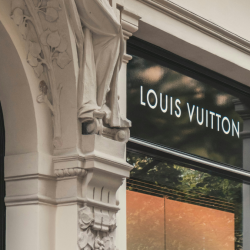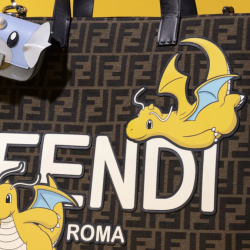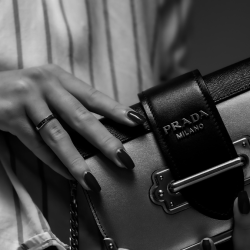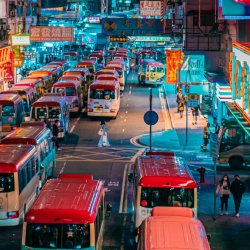Hong Kong and Singapore have long been at the forefront of luxury in Asia, engaging in a friendly rivalry to be recognised as Asia’s premier world city. Both cities have excelled in attracting global brands, wealthy consumers, and investment, each establishing a unique identity in the luxury market. As someone who called Hong Kong home for many years and is now home-based in Singapore, I am always eager to see both places flourish in the global context.
Early recognition of Hong Kong as a luxury hub
Hong Kong’s rise as a luxury hub began earlier due to its strategic trading port and colonial history, which positioned it as a centre of commerce and finance. The city’s rapid economic growth in the latter half of the 20th century attracted global luxury brands and affluent consumers, establishing Hong Kong as a premier shopping destination. The city’s proximity to mainland China further cemented its status as a gateway for international brands entering the Chinese market.
Singapore’s evolution into a luxury destination
Singapore’s journey to becoming a luxury hub followed a slightly later timeline, driven by strategic economic policies, urban development, and a rise in affluence. The city’s government implemented business-friendly policies and developed iconic shopping districts like Orchard Road and Marina Bay Sands, making Singapore an attractive destination for luxury brands. Singapore’s regulatory stability and reputation as a safe, clean, and well-regulated city further enhanced its appeal to high-net-worth individuals (HNWIs) and ultra-high-net-worth individuals (UHNWIs).
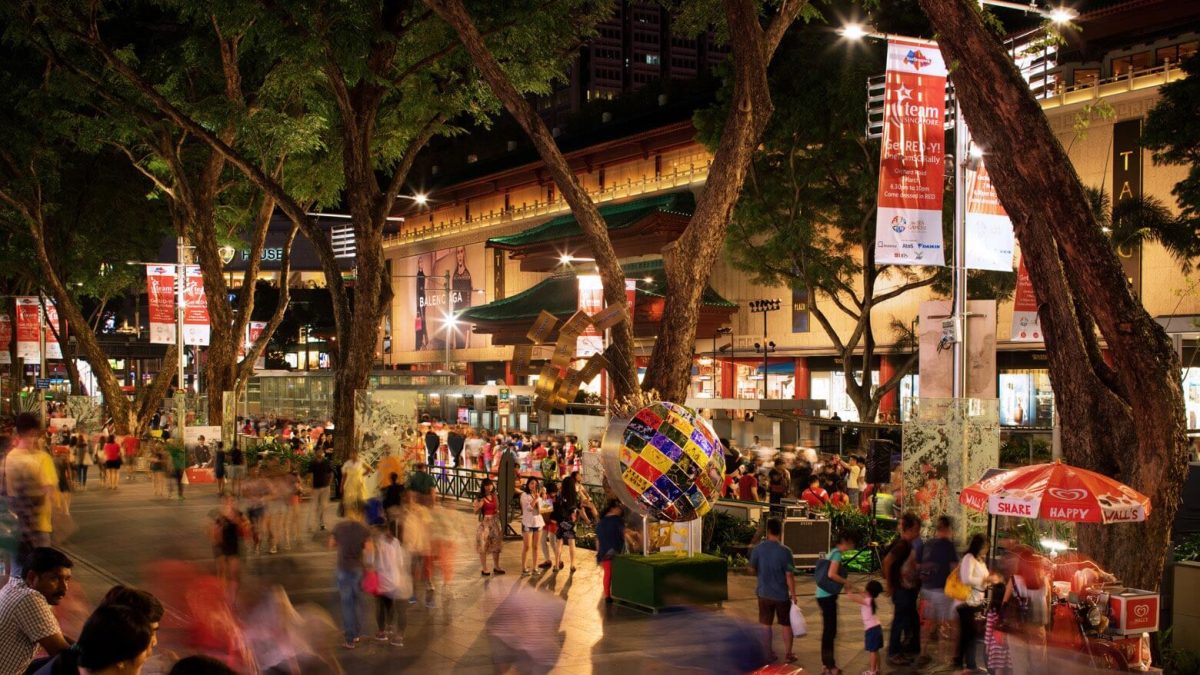
Current market dynamics in 2024
As both cities continue to evolve, 2024 brings new developments that influence their luxury markets:
Hong Kong’s luxury market comeback
Hong Kong’s luxury retail market is poised for a significant comeback in 2024. After a period of decline due to political unrest and the pandemic, luxury brands like Sotheby’s and The Macallan are returning, securing prime retail spaces at favourable rates. High-profile events, such as Louis Vuitton’s first runway show in years, highlight Hong Kong’s resurgence as a premier shopping destination.
Despite these positive trends, experts suggest a full rebound to pre-pandemic levels might only be realised by 2025. Competition from destinations like Hainan, where Chinese tourists are drawn by competitive pricing and duty-free shopping, presents ongoing challenges.
Singapore’s growing affluence
Conversely, Singapore continues to expand its affluent population, with over 333,000 millionaires, making up 0.6% of the world’s millionaires. This growth strengthens Singapore’s position as a hub for wealth and luxury, attracting top-tier brands and discerning consumers. Unlike Hong Kong, Singapore’s luxury market is characterised by discreet, sophisticated consumption rather than overt displays of wealth, influencing trends in high-end watches, cars, and real estate.
Opportunities and challenges for luxury brands
The differing market dynamics in Hong Kong and Singapore present unique opportunities and challenges for luxury brands:
Consumer behaviour and preferences
- In Hong Kong: the return of wealthy Chinese consumers has led to a renewed focus on exclusivity and high-end retail experiences. Brands are hosting immersive events and creating unique shopping environments that cater to the desire for novelty and prestige.
- In Singapore: luxury brands are capitalising on digital innovations and personalised services. By leveraging data analytics, retailers can tailor offerings to individual preferences, providing exclusive previews, bespoke in-store experiences, and personalised recommendations.
Navigating regulatory environments
- Singapore’s tightening regulations require brands to maintain transparency and ethical practices while preserving their luxury appeal. This environment demands a careful balance between compliance and brand exclusivity.
- In contrast, Hong Kong’s more favourable leasing conditions post-pandemic offer brands opportunities to expand their presence and innovate in retail spaces.
Understanding Chinese HNWIs and UHNWIs
Chinese HNWIs and UHNWIs exhibit distinct spending patterns compared to their Western counterparts. They prioritise exclusivity, bespoke services, and unique experiences over heritage and craftsmanship, which are often valued more highly by Western consumers. This is evident in their preference for limited-edition items, personalised shopping experiences, and exclusive brand events. These consumers are drawn to brands that offer more than just products; they seek unique, immersive experiences that reinforce their status and individuality.
What this means for luxury brands
For luxury brands operating in Hong Kong and Singapore, understanding the preferences of Chinese HNWIs and UHNWIs is crucial. Brands must innovate in their offerings to meet these demands, whether through digital personalisation in Singapore or multi-sensory experiences in Hong Kong.
Louis Vuitton is a prime example, having hosted the ‘200 Trunks, 200 Visionaries’ exhibition in both Singapore and Hong Kong, celebrating its 200th anniversary. The exhibition was held in Singapore in April 2022 and took place in Hong Kong, in July of the same year. This event showcased the brand’s heritage while offering an immersive, multi-sensory experience that resonated deeply with luxury consumers in both cities. The exhibition not only displayed artistic trunks, but also engaged visitors through interactive displays, merging tradition with modern creativity.
Dior excels in both cities by blending digital personalisation with cultural experiences. In Singapore, Dior utilises data analytics to offer tailored product suggestions and exclusive previews, creating a highly personalised shopping experience. In Hong Kong, Dior has hosted art-infused pop-up stores and exhibitions that combine local culture with luxury, such as the ‘Dior Lady Art’ event, which featured artist-customised handbags and installations, further enhancing the brand’s cultural appeal.
Chanel is another brand that effectively bridges the gap between digital and physical experiences. In Singapore, Chanel offers personalised services through its app, including tailored beauty consultations and early access to collections. In Hong Kong, Chanel has hosted the ‘Mademoiselle Privé’ exhibition, an immersive experience that delves into the brand’s history, showcasing everything from haute couture to its iconic fragrance, all presented through a blend of art, film, and interactive displays.
Burberry, despite facing commercial pressures, has made notable efforts in the digital space. In Singapore, Burberry has experimented with augmented reality (AR) experiences and has enhanced its digital personalisation services, offering customers a seamless blend of online and in-store experiences. In Hong Kong, Burberry has created immersive pop-up events that showcase the brand’s commitment to innovation, such as their digital ‘Art of the Trench’ campaign, which engaged customers through both physical and digital storytelling.
Additionally, embracing sustainability and responsible luxury practices can resonate with the growing emphasis on ethical consumption among affluent consumers in the region.
Looking ahead
As both cities navigate their evolving luxury landscapes, brands must stay ahead by delivering exceptional experiences tailored to their Very Important Clients (VICs). The luxury market in Asia, particularly in Hong Kong and Singapore, remains vibrant and full of potential for those who can navigate its complexities with agility and foresight. By focusing on the unique preferences of Chinese HNWIs and UHNWIs, and by leveraging digital innovations and sustainable practices, luxury brands can thrive in these dynamic markets.
Featured image: Pixabay / Pexels
